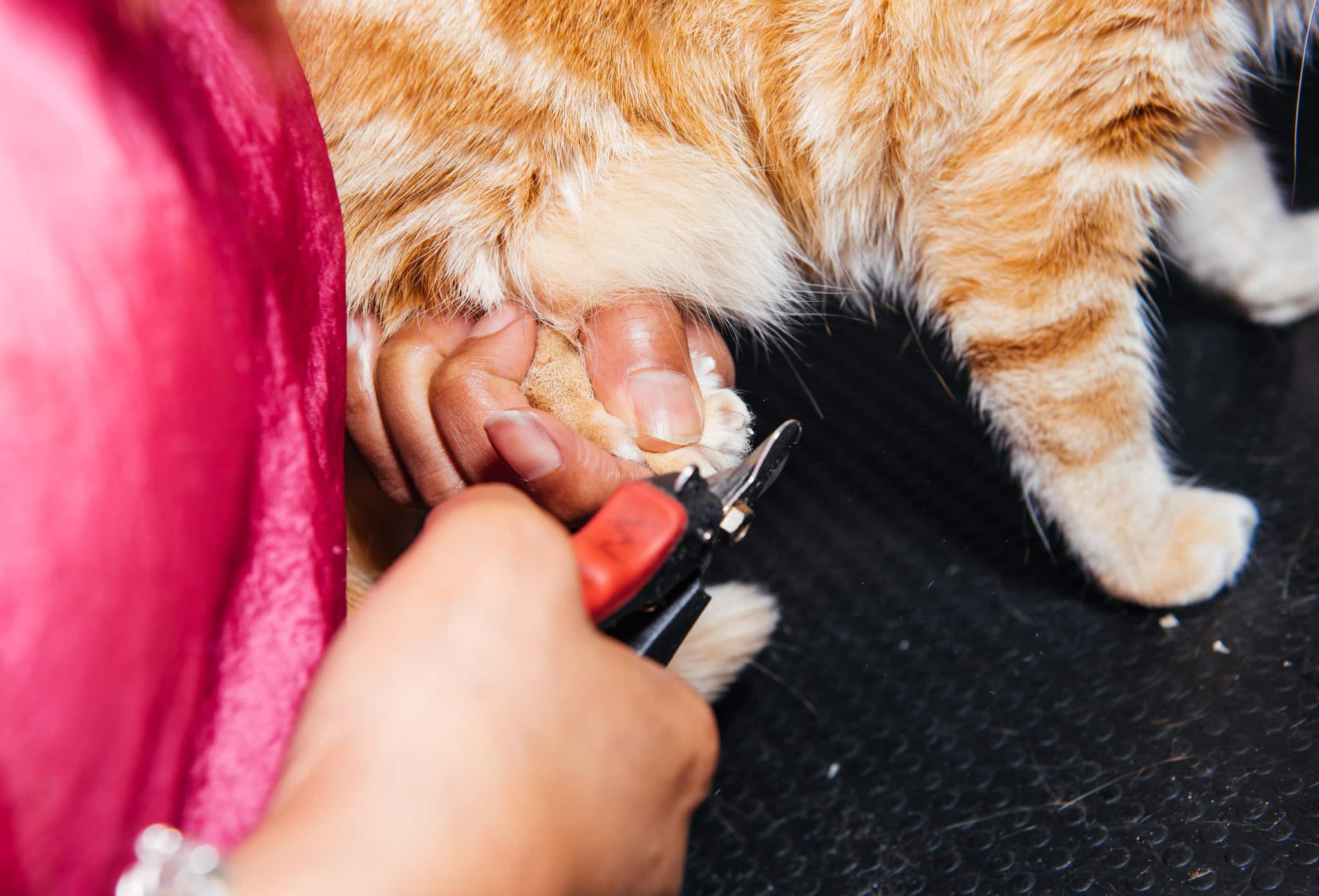Owning a cat is a wonderful experience, and many people choose cats because they are independent, affectionate, and downright silly sometimes. But, many owners are reluctant to own a cat because, by nature, it will scratch. Not only can scratching be painful for family members, but a cat can scratch furniture and inflict a great deal of damage. While declawing may be an option, many cat owners are surprised at the brutality involved with declawing a cat. Let’s examine this surgical procedure and explore some safer declawing alternatives.
Why Do Cats Scratch?
Scratching is a natural behavior that cats will instinctively do. This behavior can have several implications and allow a cat to express its emotions, reduce stress, or release fermions and scents onto particular objects. Plus, scratching is utilitarian and can help keep nails short or loosen the dead part of their nails, promoting healthy nail growth. Or, sometimes cats just like to enjoy a good stretch.
Declawing Surgery
The process of declawing a cat is a long and painful surgery. The act of declawing a cat involves removing the claw and the bone where the claw attaches. The surgery can be compared to removing the first knuckle on a human hand. Not only can declawing be a painful experience for the cat, but it can lead to ongoing painful joint conditions. By removing the top bone on the paw, cats will change their gait and develop arthritis or joint conditions later in life.
What Is a Tendonectomy?
Comparatively, many cat owners will opt for a surgical procedure called a tendonectomy. While this surgery is often billed as a milder alternative to surgically removing your cat’s claws, this surgery is just as painful for your cat. A tendonectomy removes the tendon that allows your cat to extend and retract the claws. By eliminating this tendon, your cat will not be able to open the claws, eliminating the need to scratch. However, a tendonectomy has serious health implications for your cat that will last a lifetime.
Alternatives to Declawing Your Cat
Luckily, there are several safe alternatives to declawing your cat that will allow your cat to stay safe and healthy while still keeping your furniture safe. Some viable solutions to a scratching cat include:
· Keep the Nails Short – Keeping the nails trimmed short will eliminate the need for cats to scratch to remove dead parts of the nail. Clipping the nails can be done at home or by a professional groomer.
· Provide Acceptable Scratching Locations – Give your cat acceptable areas to scratch. You should include a variety of surfaces to give your cat options. Cats love scratching traditional scratching posts lined with carpeting or twine or will scratch at corrugated cardboard.
· Positive Reinforcement – Reward your cat for scratching in good locations. Although many people believe you cannot train a cat, it is actually quite possible to reward good behavior and create ongoing positive behaviors.
· Nail Caps – An excellent option to protect your furniture is to invest in nail caps for your cat. These caps are made of thick plastic and simply go over the top of your cat’s nails. You’ll usually need a professional groomer to place the nail caps properly, but they can last for several weeks before they need to be replaced.
· Provide Enrichment – Sometimes, cats will scratch because they are bored. Be sure to give you cats plenty of toys and interactive enrichment opportunities to keep its mind busy.
Declawing a cat with traditional surgeries is quickly becoming outlawed in several states due to the long-term adverse medical implications the surgery has on your cat. Always consider alternatives to declawing your cat to keep your cat healthy for an entire lifetime.


